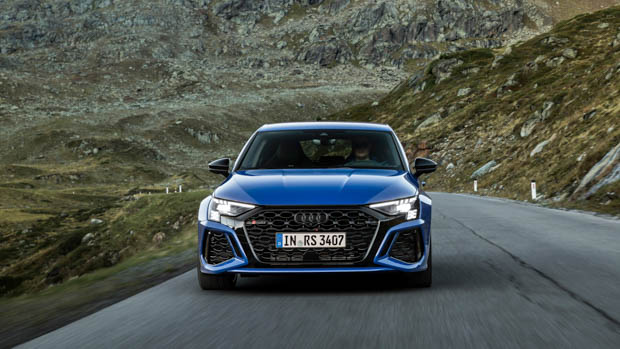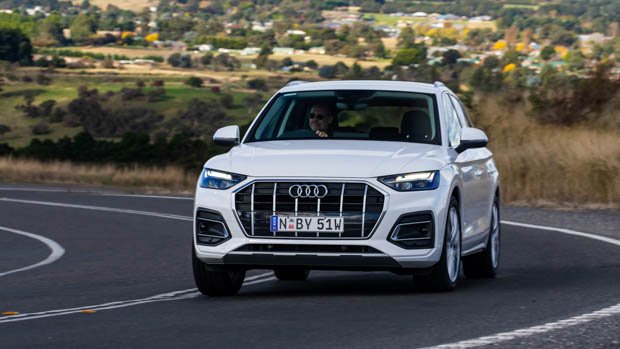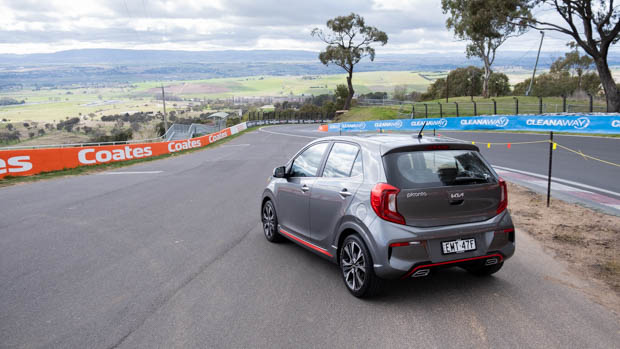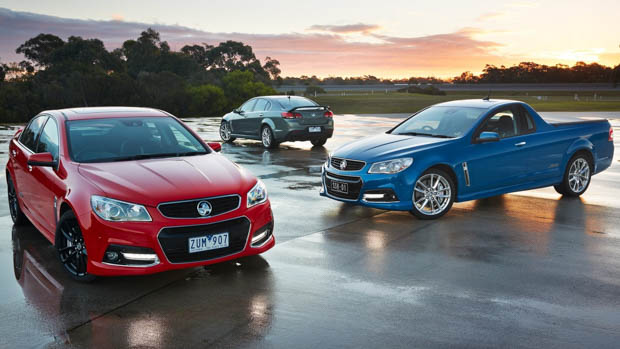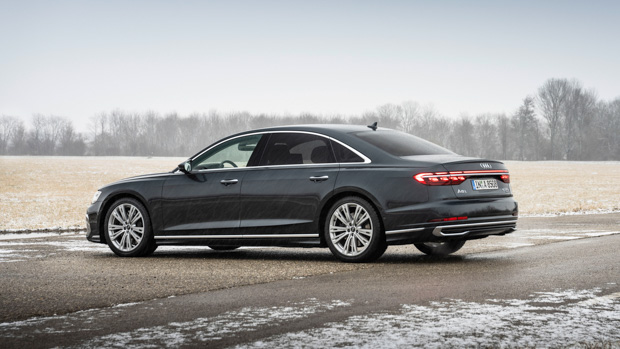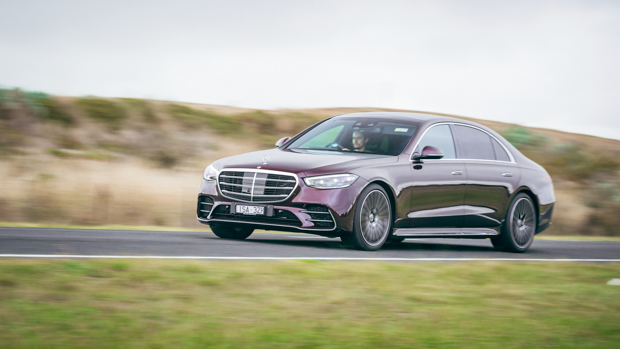-
Car Reviews
- All reviews
- Midsize SUVs
- Small cars
- Utes
- Small SUVs
- Large SUVs
- Large cars
- Sports SUVs
- Sports cars
- Vans
Latest reviews
- Car News
-
Car Comparisons
Latest comparisons
- Chasing Deals
The luxury car tax was introduced in 2001 to protect Australian automotive manufacturing, so why do we still pay it when Holden and Ford are long gone?
If you’re wondering why a new luxury car you want to buy in Australia is suddenly more expensive after taxes are factored into the price, the answer probably lies in the luxury car tax.
The answer partly comes down to the Australian luxury car tax imposed at the federal level by the Australian Taxation Office (ATO).
Currently, the luxury car tax is a 33 percent tax imposed on any new car currently priced over the threshold of $84,916 for fuel-efficient vehicles (those that are no more than 7L/100km combined) and $71,849 for all other vehicles.
Luxury car tax is calculated by taxing 33 percent of every dollar over the threshold. For example, if the vehicle you want to purchase is $85,500 and is not classed as an ‘efficient vehicle’, then you would pay 33 percent of $13,651 (the amount over the threshold), which equals $4504 in luxury car tax payable for that vehicle.
The LCT has slowly been increasing year-on-year. In 2021-2022, the non fuel-efficient car threshold was $69,152, so about $2000 less than the current threshold. In 2020-11, the luxury car tax threshold for all ‘other vehicles’ was $57,466.
If you wanted to buy a brand new Audi Q5 for your growing family, the SUV starting at $79,272 before on-road costs for a 45 TFSI variant would actually end up costing you approximately $91,100 driveaway.
Why the big difference? You will be paying an additional $3427 in luxury car tax as well as dealer delivery fees and registration.
Want to know the luxury car tax on something really expensive, like a $136,900 Toyota Land Cruiser GR Sport? You’ll be paying the Australian government $19,500 in luxury car tax.
That’s essentially a brand-new Kia Picanto just in tax alone.
However, there are exceptions. Those vehicles registered as emergency vehicles, motorhomes or caravans or commercial vehicles are excluded from the tax.
The luxury car tax was introduced in Australia in 2001 as a government initiative to protect the local manufacturing of vehicles down under by brands such as Holden, Ford and even Toyota.
But prior to the luxury car tax, the Government was still taxing expensive cars with the wholesale sales tax (WST) that was a precursor to the GST.
However, with the closure of Holden and Ford locally, there have been calls to scrap the luxury car tax completely.
The lack of Australian manufacturing is an obvious reason for removing the luxury car tax, however there is more to the story.
The Australian Automobile Association said in a 2014 inquiry that the LCT was “an inefficient and discriminatory form of taxation” and also said that it “serves no purpose other than being a revenue raiser”.
According to the Australian Automotive Dealer Association (AADA), around $600 million is raised every year from the LCT.
However, the same association said that the tax falls on vehicles that are generally safer and more sophisticated and could discourage buyers from stepping up into a better vehicle.
“The LCT severely constrains consumer choice by pricing a significant portion of buyers out of the market for vehicles priced at the higher end of the market … the base model of vehicle which falls under the LCT threshold may not include ground breaking safety technologies”.
While this was true back in 2014, in 2022 cars are much better equipped than before thanks to an influx of new technologies.
However, without the LCT, the Australian Government would have a $600+ million hole to fill, meaning they would need to source tax from elsewhere, potentially at the disservice of others.
Money that would usually be put back into the transport industry would disappear, potentially putting future infrastructure and road projects at risk, along with stopping the Government from making roads safer for the people.
Latest news
About Chasing cars
Chasing Cars reviews are 100% independent.
Because we are powered by Budget Direct Insurance, we don’t receive advertising or sales revenue from car manufacturers.
We’re truly independent – giving you Australia’s best car reviews.
